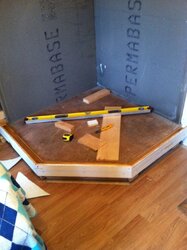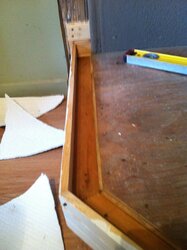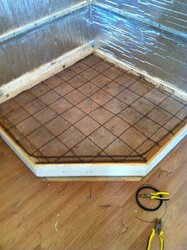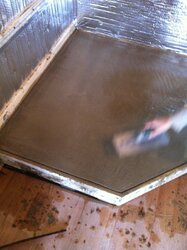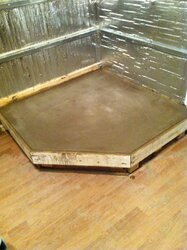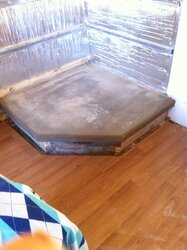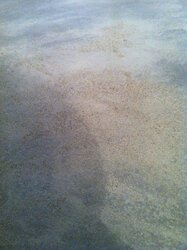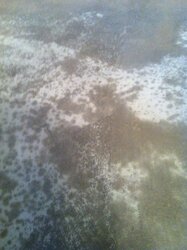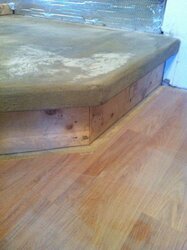Hi Guys,
I just signed up to this forum as I am installing a new wood stove "Jotul F100" and I built my hearth 8 inches above the ground and its going to be installed in a corner. I made a form and plan on pooring cement right in approx inches thick and then I plan to acid wash it and polish it. Will normal Sand Mix cement work for this. I have seen counter top concrete but it is 50$ a bag and way too expensive. Some people have recommended mortar but i dont think thats a good idea. Looking forward to your opinions on this
I just signed up to this forum as I am installing a new wood stove "Jotul F100" and I built my hearth 8 inches above the ground and its going to be installed in a corner. I made a form and plan on pooring cement right in approx inches thick and then I plan to acid wash it and polish it. Will normal Sand Mix cement work for this. I have seen counter top concrete but it is 50$ a bag and way too expensive. Some people have recommended mortar but i dont think thats a good idea. Looking forward to your opinions on this


